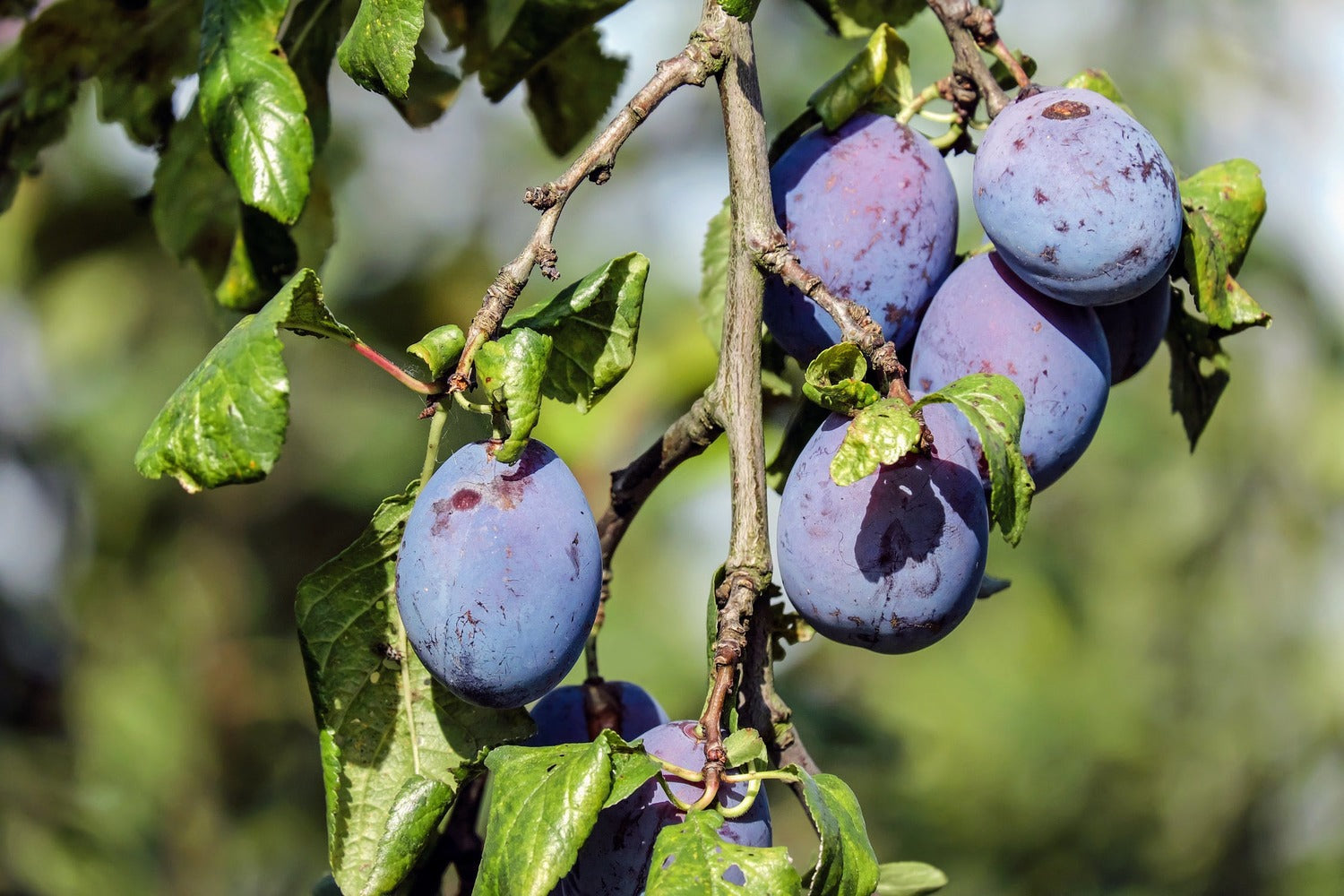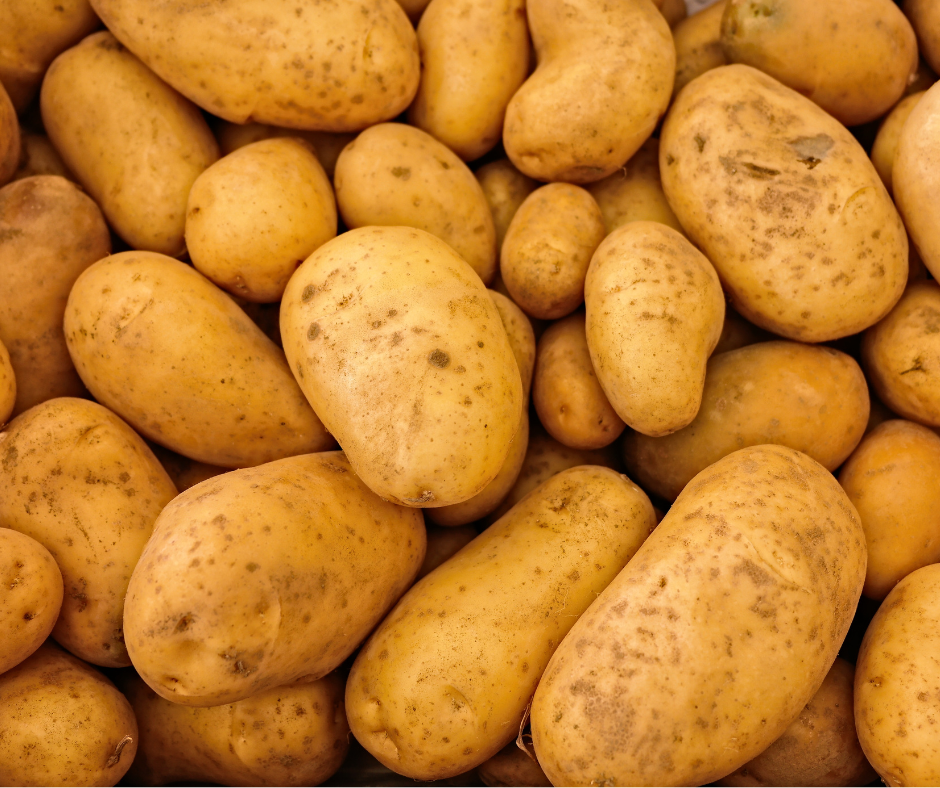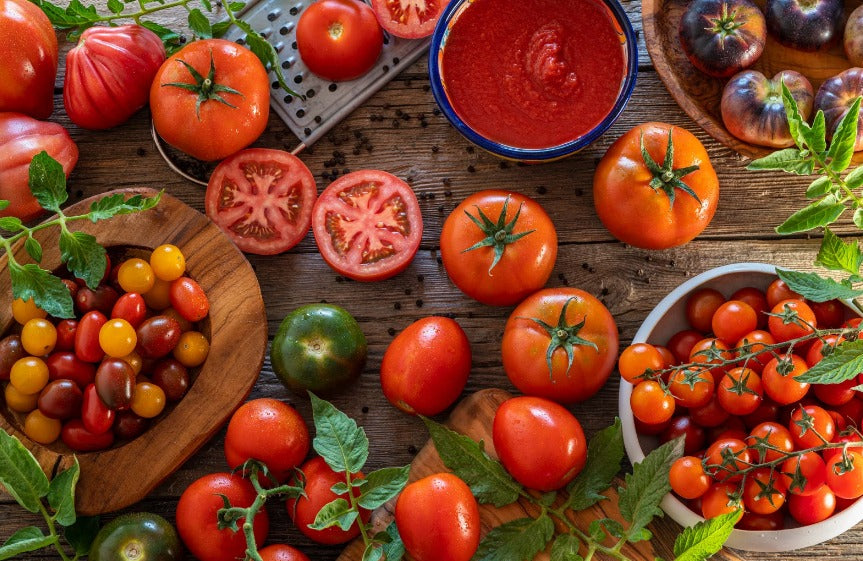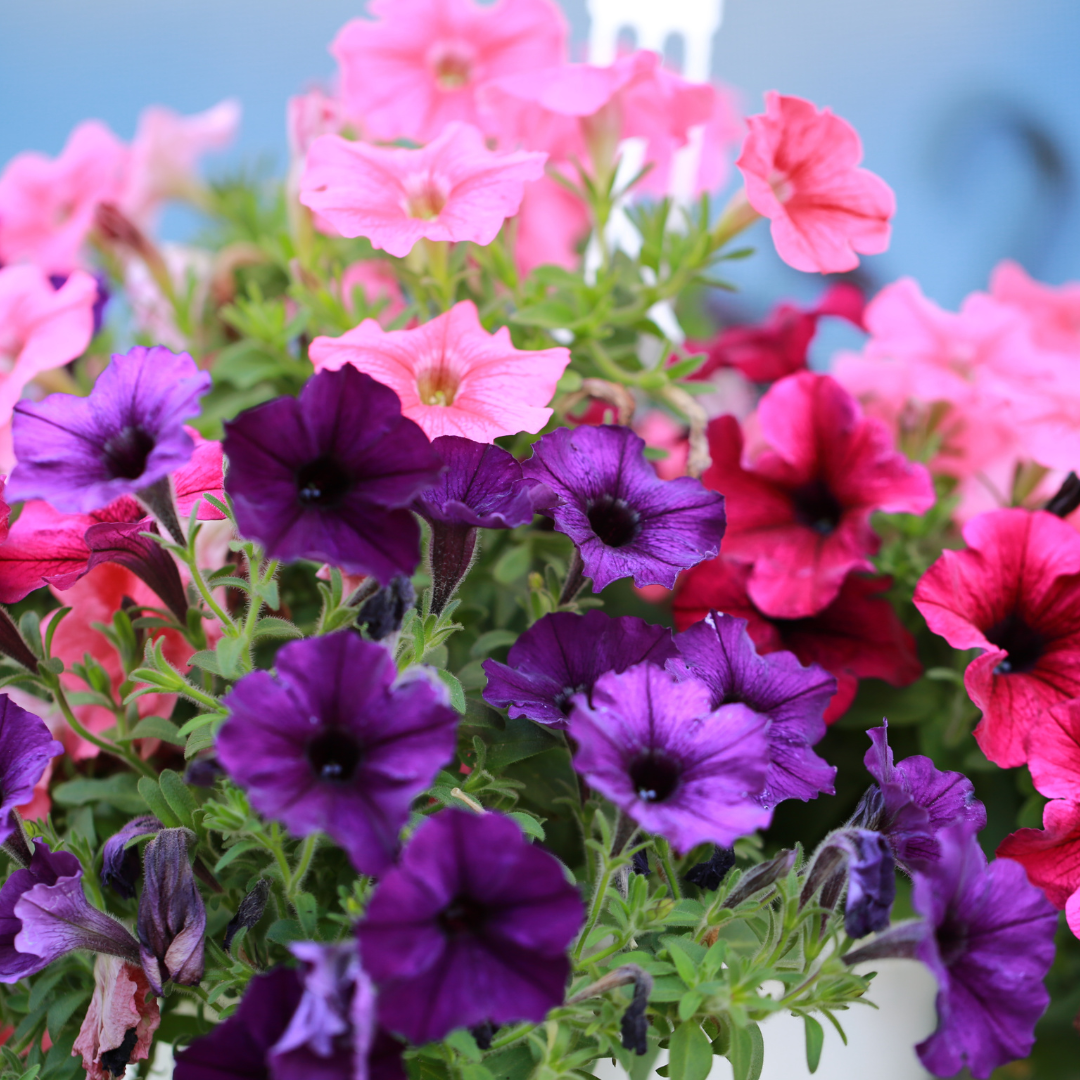
How to grow pip and stone fruit
Fruit trees are easier to grow than most people think. Here’s a guide to help you get the best from your trees. The home orchard is an important part of New Zealand’s gardening history, and although the modern home garden is small, the trend for growing your own fruit is still strong. Fruit trees not only produce a rewarding crop each year, but are also great as a decorative garden feature, providing spring flowers, fragrance and summer shade.
How to plant
To ensure the tree gets the best start, below are some helpful hints to follow when planting: When buying new fruit trees you will find that when you take the plant out of the bag all the soil will fall off, this is perfectly normal as the trees have been grown “in the field” then dug up put into a bag with soil to ensure the roots don’t dry up in transit from the grower to you.
Dig a hole that will comfortably fit the root circumference of the tree but ensuring the hole is not too deep. It is important not to plant the tree any deeper than it was when it is was in the bag, preferably a little higher.
If you are planting in heavy soils (e.g. clay) plant even higher again so it almost looks like you have planted on a little mound. It is important that water runs away from the tree. This will prevent the tree from getting waterlogged. Mix Palmers General Garden Mix with the soil that comes out of the hole.
It is important that these two get mixed well, this way the tree grows into a mix that is not too dissimilar to what it has been in. Using only garden mix will make it grow quickly for the first year but struggle after this, planting in existing soil will make it harder to get established.
You can also mix in some sheep pellets as this will help with the soil quality and growth in spring. Ensure the soil goes around all the roots, especially if the soil that the tree was in has fallen off.
Gently compact this soil as you fill the hole around the tree. It is important that you use a good stake on the windward side of the tree (2”x2” pointed stake is recommended). In a really windy position it might pay to do a triangle of stakes to support the tree. It is important for the first 3 years that the trunk of the tree doesn’t move around as this will break off the new roots it is trying to develop.
Finish off planting by spreading some of the garden mix around the tree to keep weeds and grass away from the trunk. There shouldn’t be a need to prune a new fruit tree for the first year. Finally, it is important to give the plant a good drink and this will remove any air pockets in the soil.
We would recommend adding adding a general fertiliser such as Tui NovaTec premium or a specialised fruit fertiliser as this will help improve the soil quality and ensure the tree gets that perfect start, guaranteed!
Common fruit tree shapes:
Espalier – A style of fruit tree training that can be particularly decorative. Less common but gaining popularity, especially for smaller gardens. The tree is trained horizontally (apples and pears) or in a fan shape (stone fruit) on wires or fences.
Central Leader – A modern shape that is popular because it requires minimal pruning (usually only after the fourth year) and because it is easy to train. A pyramid shape with one central leader and tiers of fruiting branches. Fruit produced early in the tree’s life.
Vase – A traditional system which has four to five leaders growing to form an open centre, which is good for ripening fruit and harvesting.
Where to plant
Choose an open, sunny position, sheltered from strong winds. Fruit trees will grow in a wide range of soil types as long as there is good drainage. Plums and pears stock tolerate heavier soils than most other fruit trees. Using good quality compost will improve water retention in lighter soils and improve drainage in heavier soils. It will also improve soil fertility.
Pruning
The aim of pruning is to encourage renewal of fruiting wood for regular crops of quality fruit, to let light into the tree, to remove diseased parts and to control a tree’s height Pruning is done in winter when trees are dormant. Make sure your secateurs are sharp and cut just above each growth bud. When removing dead or diseased wood, always cut through the healthy tissue below the diseased section. Paint large cuts with a sealing compound to protect your tree against disease. During early stages of tree development, the main goal is to develop the shape and framework which will support the heavy crops of fruit. When you espalier a fruit tree sometimes you need to bend branches into a position where they are going to be most useful, this often involves tying flexible twigs to a support structure.
Apple Trees: After initial shaping of apple trees, the only pruning necessary is the removal of excess twiggy growth. Apple trees usually produce fruit on spurs, short stubby growths attached to main branches. They continue producing on the same spurs for a number of years. Pears and cherry fruit also grow on spurs and require similar treatment.
Plum Trees: Plum trees produce fruit on the same spurs for several years. Once shape has been established, they require little pruning. Excessive pruning can over stimulate tree growth at the expense of fruit. Remove vertical branching and water shoots’ regularly.
Peach & Nectarine Trees: These trees flower on new wood made the previous summer, so prune hard to encourage new growth. Otherwise, fruit will be produced further and further out on the branches each year. Don’t remove too many flower buds or the current season’s crop will suffer. Flower buds are plump while growth buds are flatter.
Smaller Fruit Trees
There are many new varieties of fruit trees that are smaller growing or naturally dwarf in habit, which makes them ideal for container growing. These trees will still need a suitable pot and regular care for best results. If you require a tree for smaller gardens there are some choices of smaller slower growing rootstocks available in some favourite varieties, such as apple, peach, nectarines and more.
Diseases
Diseases are spread by wind or moisture and thrive in humid weather. Burn or dispose of any fallen infected leaves or mummified fruit. Keep your fruit trees in a well-ventilated position and prune to increase air movement. A couple of preventative sprays of
GroSafe Free Flow Copper and GroSafe Enspray Oil during winter will help prevent disease invading leaves, stems and fruit and kill overwintering insects. For codling moth (on apples) you can use the codling moth pheromone trap, for other flying and crawling insects use the poison free, sticky traps from
easyTRAP. This ‘How To’ Guide has been produced to provide basic information and our experienced staff are available to answer any questions that you may have. Because this guide is of a general nature, neither Palmers nor its staff are responsible for the application of the information, as the contents may need to be modified for individual projects and site applications.
This ‘How To’ Guide has been produced to provide basic information and our experienced staff are available to answer any questions that you may have. Because this guide is of a general nature, neither Palmers nor its staff are responsible for the application of the information, as the contents may need to be modified for individual projects and site applications.






